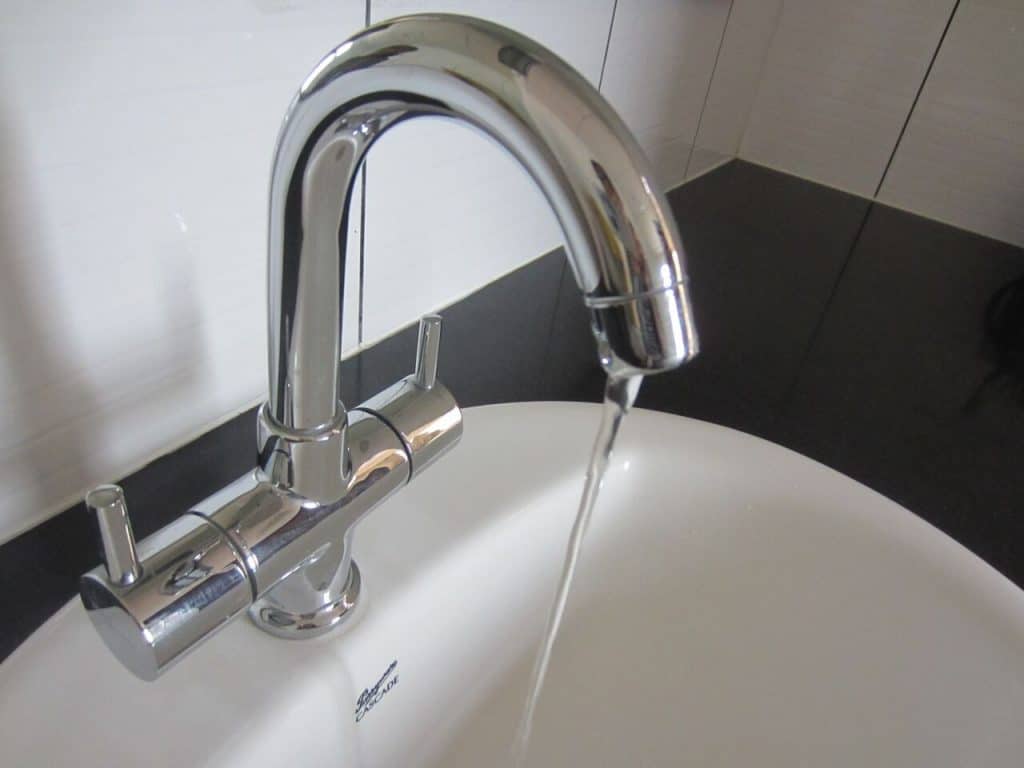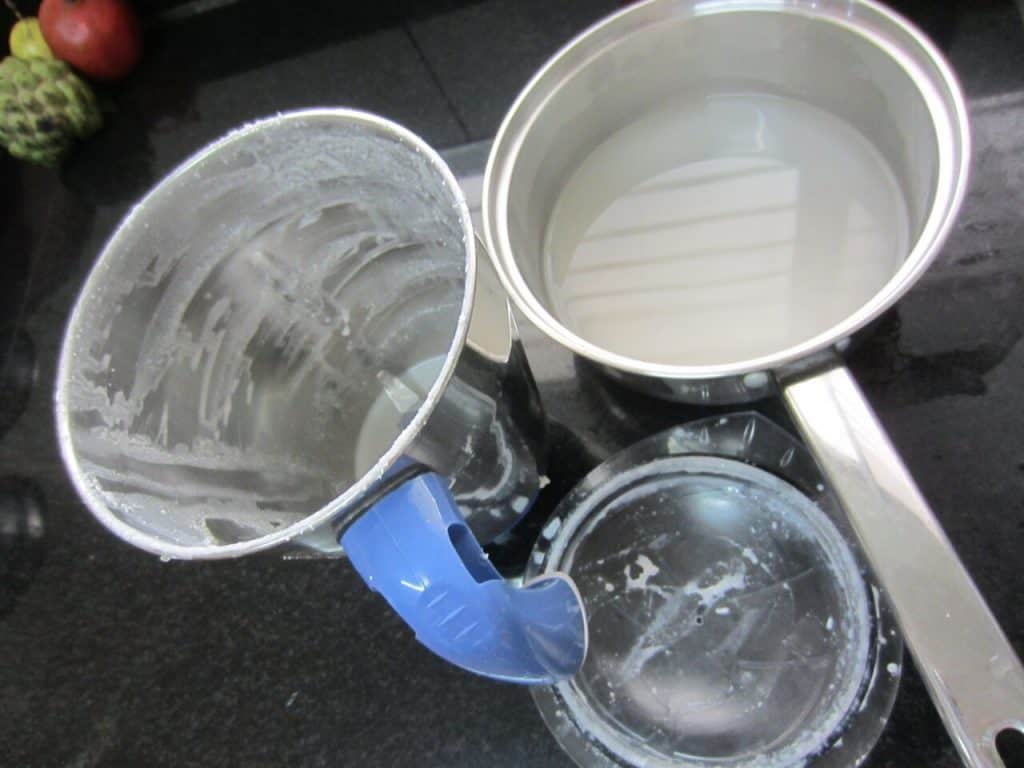So World Water Day is here again and it is time for us all to be reminded of habits that we really must practise the year round!
Two questions at the outset: first, can you ever imagine bathing with expensive mineral water, when tap water is available?
And second, can you bathe/shower with 5 mugs of water?
I am sure the answer to both is no, but hang on to those answers till we revisit them, after we establish that the situation this year is worse than ever before.
Yes, it is time to worry!
First Cape Town running out of water, and then Bengaluru hitting recent headlines for being No.2 on the world-wide list to run out of water. A bolt from the blue reminding us all of the chilling reality that our water resources are indeed running out and virtually every city must take stock.
Once called a city of a 1000 lakes, mismanagement has ensured Bengaluru water bodies are dwindling with unpotable water, while our water-table falls further each year, and the scenario across the country is dire with 21 Indian cities likely to have zero groundwater by 2025. Governments may reassure us residents that all is well and measures are in place, but simultaneously, we residents must do our part and drastically cut usage.
The truth is that most of us use far, far more water than needed. And we wait for someone else to solve the city’s water problems. But if every resident starts saving with simple tips listed here, water usage at the household level can reduce drastically and city demand will plummet too. And the threat of a mere trickle in our taps need not terrify us, for we’d know how to deal with water scarcity.
Live update from Cape Town
From Ground Zero in Cape Town, my nephew Mark shares the stark reality of living in a city with rationed water and the terror that swept across the city last month when drinking water became scarce. Not having enough water to drink is a terrifying thought that we must ensure never becomes a reality.
Mark’s advice is: “When I was in India, I never thought about how wasteful our habits are. What I’d tell everyone now is to cut back immediately, learn to manage with less water and not wait to be in such a situation”.
How can we learn to manage with less?
It is simple really, once you begin applying two basic maxims: Use less, Reuse more.
My theory of ‘ecowaternomics’ has two related principles that I explain below.
Principle 1
Use only as much as is needed for a particular task, not as much as is abundantly available – so you USE LESS.
This helps you cut back drastically on fresh water usage. Apply that to how much you use to wash your hands/face, to brush, to shave, to bathe/shower. Most use 10 or 50 or 100 times extra, no exaggeration!
Effective hand-wash is possible with 50ml (yes, you would need more for soiled hands after eating/gardening), while some use 2-3 litres with tap gushing away on the side – so that is a good 50 times more!
Challenge yourself to discover your minimum; work towards this as default usage. Adopt simple habits of lowest flow, tap shut when water not needed, no running water, cloth wipe (for car wash) or bowl wash (vegetables, fruits…).
More soap/shampoo needs more water, cut to optimum. But for real habit change, let me, a once self-confessed water-waster, take you through the steps of washing so we can identify where the wastage really is!
There are 5 simple steps in any washing operation:
- Pre-wash
- Soap
- Lather
- Rinse
- Post-wash.
Let us take the example of washing hands.
Pre-wash is needed to just dampen surface for effective soaping, so unless your hands are muddy, 10-15 ml should suffice. Invariably though, taps run full blast for 30+ seconds, with the belief that more water gives a better wash, when all it does is simply flow down the drain!
In Step 2, apply damp hands on soap to get the optimum amount. No water needed whatsoever, but many hold their soap under the tap for 10-15 seconds making it soggy (incidentally reducing its life drastically!), and ending up with far more soap than required. This also needlessly increases the requirement of water in Step 4, after lathering in Step 3.
The tap should be shut while lathering, else it often lets perfectly good water down the drain, as does Step 4 with higher wastage of tap on full flow, with the mistaken belief that this is all really essential for that squeaky clean feel!
The wash is complete by step 4, but many wash yet again for a perfect wash. More water down the drain, when really you need none!
Incidentally, these same steps apply to washing your face or brushing or shaving or bathing/showering; in fact while showering, Step 5 is where the best songs are sung and the most water wasted!
I was recently sharing this model of wasteful hand-washing and one listener responded: “You’ve described it correctly but you know, I end up adding soap a second time because I like perfectly clean hands”. Double wastage all over again.
The totally extravagant hand-wash described above wastes as much as 7-10 litres, while most use an average of 2-3 litres which is still far too high!
Cut back to the bare minimum – it’s simple: low flow, tap off when water is not needed, optimum soap and when rinsing off, let water from one hand flow on to the other, so it further reduces the total amount needed.
Lowest tap flow gives huge results!
On the subject of low flow, test to see how low a trickle you can actually work with – even 1/10th of normal flow works but most people routinely open a tap to full-flow and that is the first habit change that must kick in!
Also, let’s set to rest the debate on which uses less – bucket or shower. My shower on full blast uses 20 litres a minute, no exaggeration, so a shower means a 100+ litres easily with wasteful usage. You’d imagine a bucket would use less, but a 25 litre bucket, when far less would do? (I use 3.5 litres for a bath and 35ml to wash hands with no compromise on result!)
Whichever you use, identify your minimum and move towards it, with the assurance that using less water need not change your level of hygiene in any way.
Principle 2
Never let water down a drain if it is good for something else – so you REUSE MORE.
Back to the question of whether you’d be mad enough to bathe/shower with mineral water. On first glance no, but hold on – every one of us is guilty of doing something as wasteful on a regular basis.
We wash our dirty mops with fresh water from a tap. We rinse our dirty dishes with fresh water from a tap. We wash our bathroom sinks, dirty shoes, combs/brushes with fresh water from a tap. We water our plants with fresh water from a tap.
In all of these cases, water of far lower purity would do the job perfectly well. Instead, all uses of water in the home today are met only with fresh water from the tap, and we mistakenly treat that as our single source, barring homes with rainwater-harvesting/sewage treatment.
Water needs hierarchy
Here’s where I introduce my framework on water usage at home, to provide a basis for understanding and economizing. It reveals many hidden water sources that are perfectly reusable. Let’s discover these and match these to lower level water needs listed earlier, so we drastically cut fresh water usage where it is not needed.
I’m classifying these secondary sources further as:
- clear (RO waste water, water run off because the temperature is not right, drinking water left in tumblers/school water bottles, etc)
- cloudy (water from washing vegetables, dals, rice)
- soapy (from washing clothes both by hand or from machine outlet, from washing hands)
- muddy (from mopping floors)
These added sources of water which run down the drain today can instead easily be used to take care of lower level needs like flushing, mopping, washing bathrooms, basins, even driveways where wasteful consumption across many Indian cities is high. It needs just a little effort with a mug/bucket at hand; huge reduction in daily usage will follow!
Start collecting washing machine outlet water, even hand-wash water. I have a basin in my kitchen and bathroom sinks; every time I wash hands, this water is collected and reused to rinse plates or to wash combs, slippers etc. Vegetable/dal wash water is also reused for rinsing dirty dishes (the actual wash is of course with clear water, but fresh water now used is drastically less).
RO waste water is used to mop floors and that muddy water reused yet again to water the plants! You too can innovate, recalibrate and watch your usage dip dramatically.
Some may believe this daily rationing and recycling is an overkill and not called for but each passing year tells us the situation is serious, this year more than ever before. My contention is that if all of us did more of this now, generations to come would not need to do this all the time.
Quite simply, basic habit change is the need of the hour, and it can cut consumption in a home by as much as 80%! If every home was billed for water based on actual usage, it would be far easier to persuade residents to reduce water, but given that the future for water in all our cities is bleak, this is strong reason enough!
WHY USE MORE WHEN LESS WILL DO – USE LESS & REUSE MORE!
Saving water is an essential basic value – spread this message. |
Let’s do our best to conserve the water we do have, simply by using less and reusing more. And we can keep that Cape Town wave at bay, but if it does hit us, wherever we may live, at least we will be prepared!




marvellous handy tips